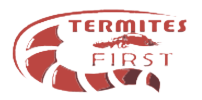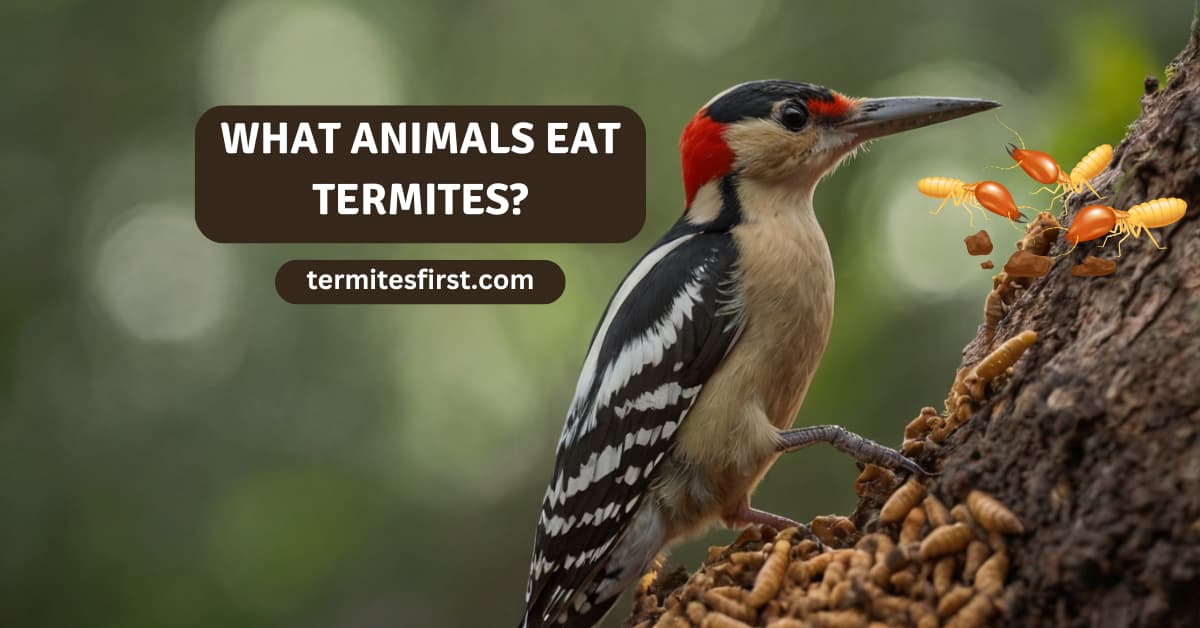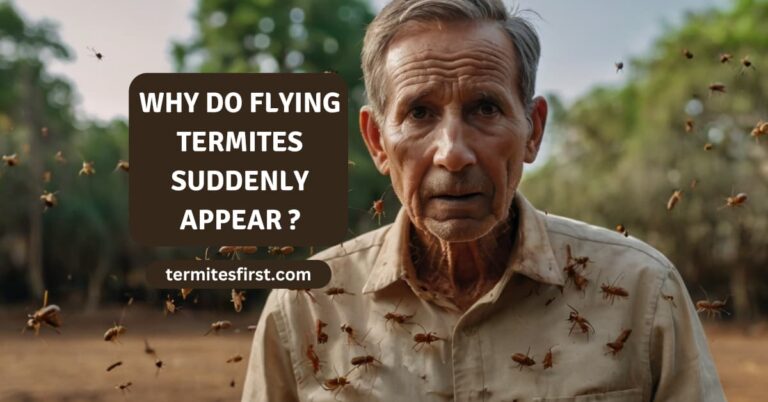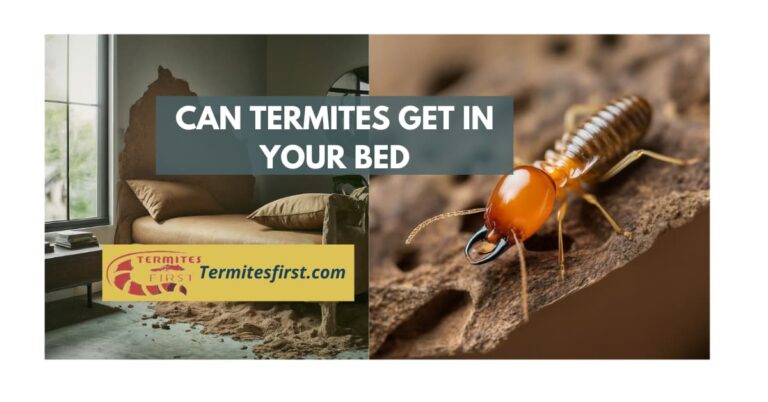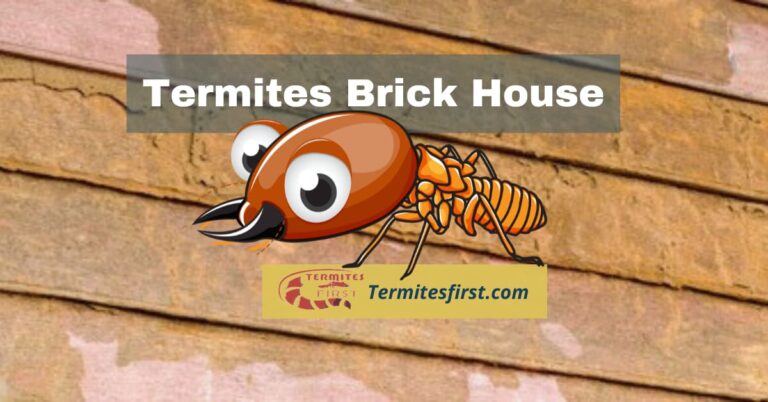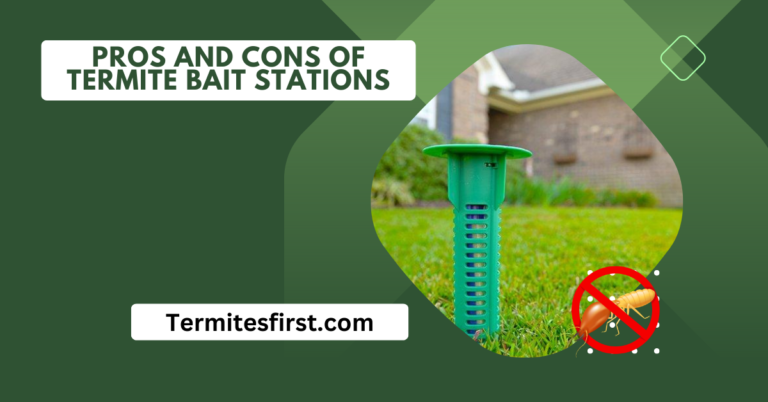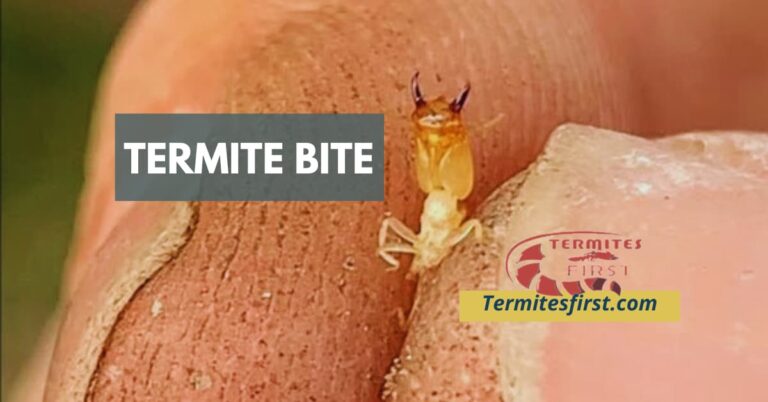What Animals Eat Termites? What Do Termites Eat? | What Eats
In nature’s culinary arts, termite-eaters are extraordinary for their divergent dining etiquette. Animals such as anteaters and aardvarks have evolved to fill this niche by gorging themselves on these little pest corpses.
Armed with long, sticky tongues, they deftly pull termites from their mounds. This natural pest control illustrates a fascinating truth about ecological balance.
Seeing these amazing animals in their environment gives you a unique insight into one of nature’s most mind-blowing predator-prey dynamics.
Key Takeaways
- Termites are fascinating, eusocial insects that perform essential functions in ecosystems. They help to recycle nutrients and break down cellulose, showing that their importance extends far beyond their destructive wood-eating ways.
- Diverse habitats support various termite species, with global distribution predominantly in tropical and subtropical regions, highlighting their adaptability to different environmental conditions.
- Ants, birds, reptiles, mammals, and even fungi have all been considered important natural termite predators. They employ patented hunting strategies to assist in keeping termite populations under control.
- Birds like woodpeckers and swallows quickly adapt their feeding behavior to exploit termite swarming. This behavior is so vitally important for keeping ecological balance.
- Aardvarks and anteaters have incredible adaptations that make them supremely effective termite predators. This is important not only to keep termite populations in check, but to maintain biodiversity.
- Employing ecological pest control methods like utilizing natural predators offers an eco-friendly alternative to chemical treatments. This method cultivates more robust ecosystems by using integrated pest management techniques.
What Are Termites?
In the kingdom of insects, termites are some of the most amazing little critters. They are called Isoptera, or equal wings. These social insects are best known for their remarkable wood-eating prowess, a talent that very few other creatures have mastered.
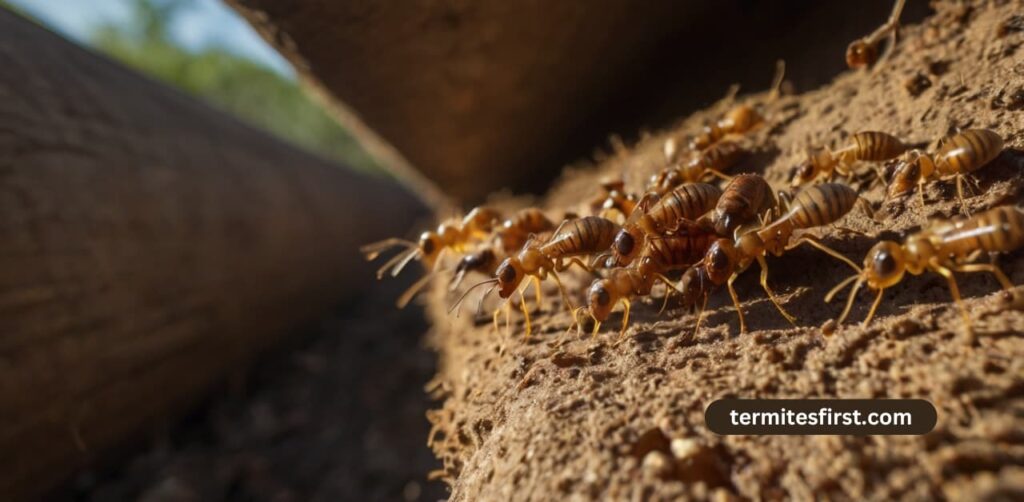
These social insects, or eusocial organisms, live in colonies with a complex social structure. In these colonies, a king and queen rule, but workers and soldiers take care of the day-to-day and protect the castle.
Definition of Termites
Termites are members of a colony, and their highly organized social structure establishes clear roles among their ranks. Workers, soldiers, and reproductive alates all have different roles. Just as workers endlessly search for food, soldiers defend the colony.
The alates, or reproductive members, explode onto the scene at certain times of the year. They arrive ready to go with wings, all set to build new colonies. However, termites are all different from each other depending on how they feed and where they build their nests.
Subterranean termites build elaborate networks of underground tunnels that can extend over 300 feet in their search for food. On the one hand, drywood termites live inside the wood in which they feed. Dampwood termites, as you can guess from their name, thrive where they have damp wood.
While they are commonly known as voracious wood-eaters, termites are actually an important decomposer that is necessary for healthy ecosystems. They digest cellulose found in wood and other plant materials. This process helps nutrient cycling and soil aeration, making them critically important to healthy ecosystems.
Termite Habitats and Distribution
Termites live in a variety of ecosystems, including tropical rainforests, savannas, and cities. They have adapted to many environmental conditions, being successful worldwide with the exception of Antarctica.
They flourish particularly abundantly in tropical and subtropical environments. It’s this adaptability that makes them so resilient and able to survive and reproduce in just about any climate. This adaptability not only showcases their resilience but emphasizes their crucial role in maintaining our ecological balance.
Termite Feeding Habits
Termites are relentless and indiscriminate eaters, digesting cellulose – the structural component of wood, leaves and other plant matter – 24 hours a day. They depend on a mutualistic relationship with gut microbes to break down cellulose and provide nourishment.
These microorganisms digest the cellulose, releasing nutrients that termites can absorb. Because swarming events often find termites new resources, there are seasonal changes in feeding activity.
Though their feeding is an important boon to ecosystems, termites can unwittingly cause thousands of dollars in damage to human structures. Their endless chomping can result in extensive and expensive damage.
Animals That Eat Termites
Learning about the animals that eat termites, including certain species like anteaters and birds, teaches us a great deal about the fragile interconnectedness of nature. These natural predators, such as spiders and geckos, play a vital role in regulating termite populations.
1. Insects and Arachnids
Ants are among the most important termite exterminators, acting as natural predators of termites. They frequently invade other termite colonies, using their superior discipline and strength in numbers to crush their foes. This behavior is particularly fascinating, as ants and termites, while ecologically similar, are nonetheless natural enemies.
In addition to ants, spiders also serve as significant predators, employing elaborate webs to ensnare unsuspecting termites or actively hunting them. These spiders are tremendous insectivores, consuming large quantities of insects, including different termite species, and helping to maintain the balance of the insect population.
Other insects, such as beetles and assassin bugs, contribute to termite control by preying on termites as well. Assassin bugs, true to their opportunistic nature, will prey on whatever termite species they encounter, demonstrating their adaptability to various habitats and environments.
2. Birds as Termite Predators
Avian predators like woodpeckers and swallows are well-suited to termite hunting. Woodpeckers, with their sharp and strong beaks, are able to drill into termite mounds or tree trunks to access the termites living inside.
Many swallows take advantage of this termite swarming behavior, snatching them out of the air with amazing accuracy. These feeding strategies show just how flexible birds can be when it comes to taking advantage of termites’ behavior.
As one of their most effective predators, these avian hunters are key to balancing their ecological impact. They keep termites in check and stop them from taking over and becoming too dominant in their ecosystems.
3. Reptiles and Amphibians
Lizards and frogs are just two of the reptiles and amphibians that make termites part of their diet. Lizards employ their speedy reflexes to grab termites, whereas frogs hunt with their ambush methods to snag these small animals.
These predators are an important part of controlling termites where they live. By controlling termite populations, they contribute to maintaining greater biodiversity.
4. Mammals Consuming Termites
Mammals such as aardvarks and anteaters are highly specialized feeders for termites. Anteaters have a wide range in Central and South America. As they move along, they use their long, sticky tongues to eat up thousands of termites at a time.
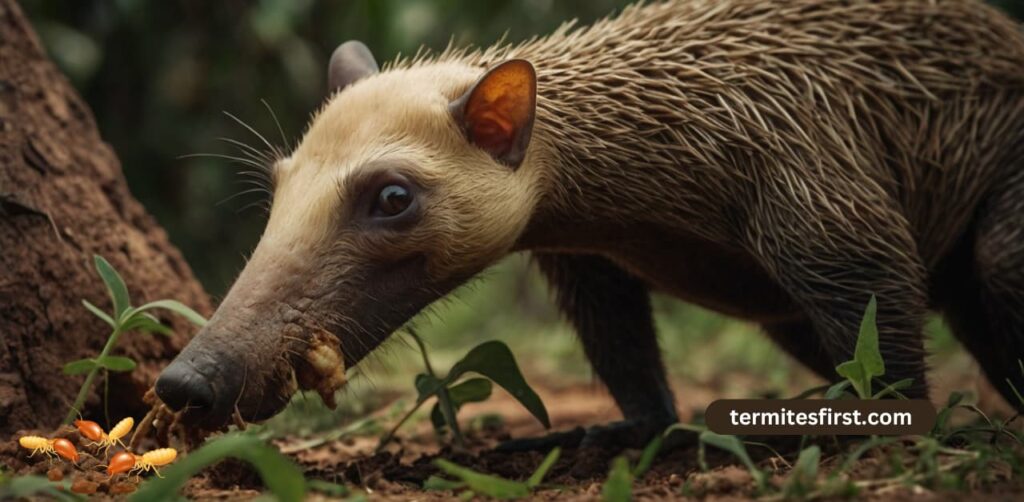
Aardvarks, which are native to Africa, are nocturnal animals. They rely on their powerful claws to break into termite mounds, dining on the termites and ants inside.
These remarkable mammals are an important keystone ecological species, keeping termite populations in check and supporting environmental biodiversity.
5. Other Natural Predators
In addition to these famous predators, fungi and nematodes eat termites. These organisms can disable or kill termites, providing a natural alternative to chemical pest control.
These more obscure hunters prey on and destroy termite colonies from the inside out. Consequently, they have a huge impact on termite population dynamics and provide an additional level of control in managing these insects.
Ecological Role of Termite Predators
Maintaining Ecosystem Balance
Termite predators play an important ecological role by helping to control populations of these destructive insects, preventing them from willy-nilly overpopulating ecosystems. Predators such as birds, aardvarks and assassin bugs are an important ecological role as they feed on termites, keeping their populations in check.
Birds, to take one group, have an insatiable appetite for termites, with some species eating a few hundred termites a day. This natural control mechanism helps keep an essential balance in the ecosystem. It lowers the chances of a termite infestation that can destroy both natural habitats and human residences.
The ecological role of the termite predator relationship goes much deeper than termites and their hunters. It has ramifications throughout the entire ecosystem, impacting the abundance and health of other species. When nature’s predators keep termite populations in check, plant life thrives.
This abundance feeds herbivores and the predators (both insects and vertebrates) that eat them, enriching biodiversity with a trophic cascade. The presence of predators has a positive impact on ecological resilience, or the ability of ecosystems to adapt to change and survive disturbance.
Impact on Termite Populations
In summary, predators play an important role in determining the survival and fecundity of termite colonies. They feed on termites at all life stages, from defenseless larvae to hard-working workers, preventing colony establishment and spreading.
Besides humans, the most effective and ecologically important termite predators are specialized hunters that developed over time, learning to hunt particular species of termite. Aardvarks, native to Africa, are specialized predators of termites and ants.
In a single evening, they’re able to eat hundreds or even thousands of these pests, quickly changing the treacherous tide of termites. Natural predation by beneficials provides a long-term, eco-friendly solution to dangerous termite invasions, even into our urban environments.
Termites are well-known for causing extensive damage, often at a cost of thousands of dollars to unsuspecting property owners. Thankfully, predators provide a natural way to fight this threat. Yet counting on wildlife for pest control won’t work for homeowners.
EPM Pest & Termite Control is your local pest management experts, with targeted residential and commercial solutions. They are extremely effective while causing little to no environmental damage.
Contribution to Pest Control
Termite predators play a key role in biological pest control, offering a more environmentally safe option than chemical treatments. Natural predators, such as bats and spiders, are a huge boon to ecology. Their work helps reduce the need for pesticides, which can have a variety of harmful effects on non-target species and the environment, including the destruction of certain species that contribute to the ecosystem.
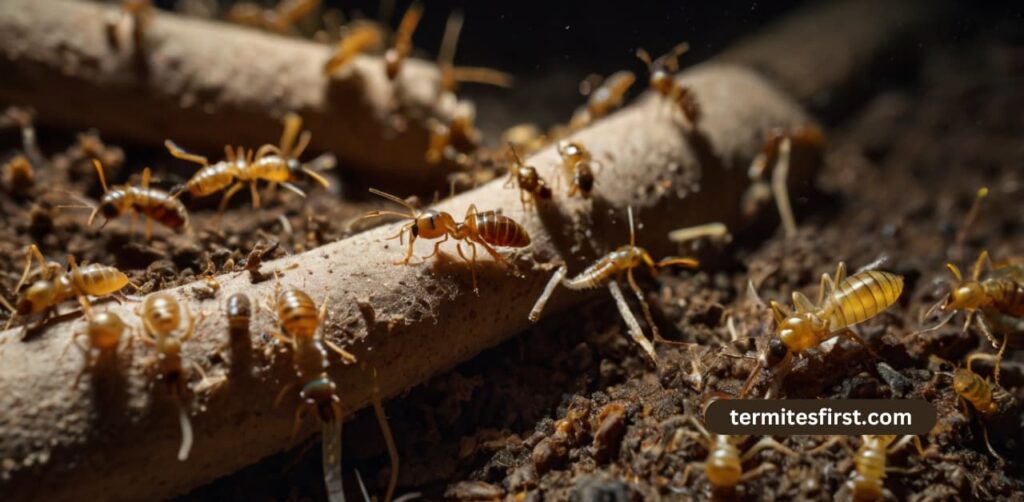
Predators have an important role in Integrated Pest Management (IPM) strategies. IPM is all about using multiple tactics in concert to manage pests, including the use of termite exterminators. They are doing a great job of controlling termite populations. In IPM, natural predation is used in combination with other techniques, such as targeted treatments.
This comprehensive approach ensures that ecosystems are not disrupted needlessly while still managing pest concerns, often more efficiently. At EPM Pest & Termite Control, we believe in controlled pest management, which includes recognizing the value of termite control through natural means.
We know that keeping species of predators intact is an essential component of maintaining balanced ecosystems. Let’s make room for these natural predators in our pest control strategies. Only then can we create a sustainable future where people and nature thrive side by side.
Specific Predators in Different Habitats
Discovering which animals eat termites opens a fascinating window into nature’s complexity. Join me as I explore the unique termite hunters, such as anteaters and certain bird species, that specialize in feeding on these destructive pests in various environments. Together, we’ll unveil their amazing lives and the vital roles they fulfill within their ecosystems.
Tropical Rainforest Predators
In the beautiful tropical rainforests, termite control is crucial, as predators are abundant in the underbrush. Specialized to prey exclusively on termites, they masterfully tunnel into their own niches. Among these, the Assassin bugs stand out as the most impressive. These opportunistic predators effectively target the multitude of different termite species that thrive in this environment.
As a result, these bugs showcase extraordinary predatory skills, allowing them to persist amidst the tricky canopies of the tropical rainforest. Monitor lizards, particularly those in the genus Varanus, roam these forests. Found in Africa, Asia, and Oceania, they utilize their sharp claws and powerful jaws to hunt for termites, including the worker termites and flying termites.
Their presence emphasizes the adaptive strategies necessary for survival in environments rich with competition and biodiversity. The significance of termite predation is particularly acute in rainforests; without these natural predators, termite populations would spiral out of control, potentially wreaking havoc on the forest’s ecosystem.
Predators play an important role in controlling prey populations in these ecosystems. This delicate balance is essential in maintaining the health of the forest as a dynamic habitat for a multitude of species.
Animals Eating Both Termites and Ants
Others have expanded their dietary niche to eat both termites and ants, highlighting their ecological plasticity. African aardwolves are prime examples, feeding almost exclusively on these insects, which makes them effective termite hunters. Their feeding behavior illustrates how adaptability is the name of the game in the wild, where these animals must continually improvise and overcome the challenge of uneven resource distribution.
With their long tongues, Nine-Banded Armadillos are famous for consuming vast quantities of termites and ants. This omnivorous lifestyle enables them to thrive in environments as diverse as forests to grasslands. Similarly, Indian Mongooses will actively dig into termite nests, showcasing not only physical prowess but also tactical hunting techniques.
This plasticity in diet may allow for strong competitive interactions to occur between predator and prey species. We know that predators, including various animal species, are important for a healthy ecosystem balance. They typically help regulate the numbers of their prey, which can prevent local overuse of resources.
To sum up, the diversity of predators consuming termites spans across different habitats, each with its unique strategies and adaptations. They are critical members of their ecosystems. More importantly, they highlight the rich tapestry of life that can be found all around the globe.
| Habitat | Predator Species |
| Tropical Rainforest | Assassin Bugs, Monitor Lizards |
| Savannas | African Aardwolves, Nine-Banded Armadillos |
| Grasslands | Eastern Glass Lizards |
Conclusion
Termites may be small little buggers, but their ecosystem impact is massive. Creatures from aardvarks to anteaters to birds feast on these insects, helping maintain nature’s balance. No matter the habitat, these termite lovers go above and beyond to flaunt their talents. It’s as if nature put together its own soap opera, with each actor filling an important role in the big picture. Once we understand these dynamics, we start to understand how all of these things are connected, like a puzzle. This understanding motivates us to appreciate and preserve these complex ecosystems. Here’s to more learning, exploration, and discovery of the wonders of nature! Take a closer look at the natural world, investigate and discover, then present what you’ve found to others. There’s never a lack of information to learn in the strange, fascinating world of termites and their pesky eaters.
Frequently Asked Questions
They eat everything from other insects, to reptiles, to mammals. These are birds, lizards, and anteaters. Each has developed specialized strategies to eat these bugs effectively.
Termites play a crucial role in our ecosystems by decomposing vast amounts of dead plant material, which helps return nutrients to the soil. Their activity supports healthy ecosystems, promoting plant growth and addressing termite problems.
Many species of birds, such as woodpeckers and starlings, are expert termite hunters, adept at locating and extracting termites from their nests.
Anteaters, known as effective termite hunters, employ their long, sticky tongues to get at termites within open termite mounds, using gooey spit to snag their tasty prey.
Indeed, reptiles, especially lizards, depend heavily on termites. These insects are a readily available source of highly nutritious protein essential to their diet.
Indeed, many fish and amphibians eat termites, especially when they swarm. These flying termites often end up in ponds, lakes, and streams, where they become an easy meal for fish and other aquatic creatures.
